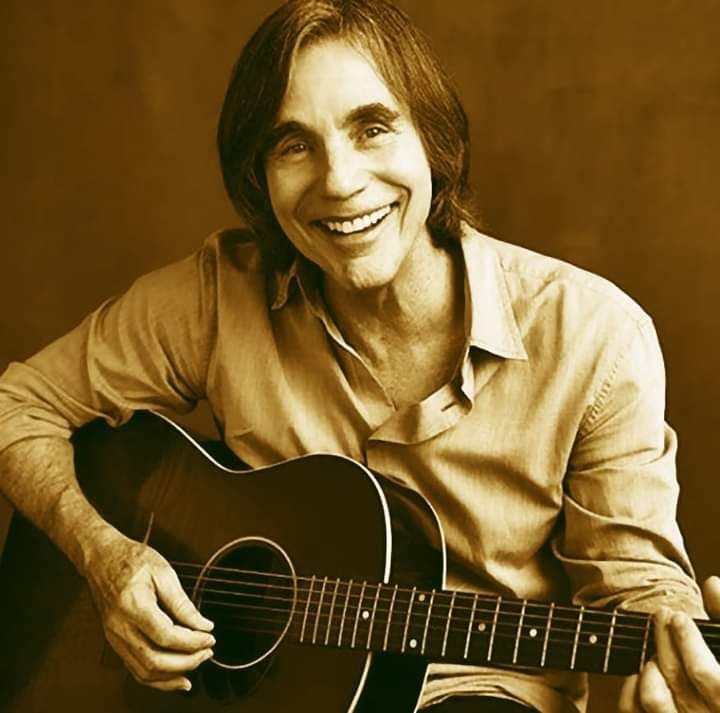
The Open Road and the Human Soul: The Timeless Ballad of Perpetual Motion
A metaphor for a restless life, chasing the horizon, yet always feeling like you’re running behind.
When Jackson Browne released “Running on Empty” in 1977, he didn’t just give us a song; he handed us a mirror reflecting the restless American spirit of the late seventies, a feeling that still resonates deeply today. The track, the anchor of the album of the same name, was released as a single in 1978 and became one of the defining moments of his career, peaking at No. 11 on the Billboard Pop Singles chart. But the song’s success was only part of the story. The entire “Running on Empty” album, a conceptual masterpiece about life on tour, soared to No. 3 on the Billboard Pop Albums chart in 1978, securing multi-platinum status and becoming Browne’s biggest commercial hit. This wasn’t just an album, or a hit single; it was a cultural touchstone that perfectly captured the weariness and relentless pace of modern life.
The genesis of “Running on Empty” is rooted in a beautifully mundane observation, proving that the most profound insights often emerge from the ordinary. Browne reportedly conceived the song while driving the short distance to the studio each day to record his previous album, “The Pretender” (1976). He realized he would continually put off filling his car with gas, constantly driving with the needle flirting with the ‘E.’ He saw this seemingly minor habit—the constant, low-level procrastination of basic upkeep—as a perfect, elegant metaphor for the emotional and existential state of his life, particularly the relentless, draining cycle of being a touring musician.
The meaning of the song extends far beyond the literal gas tank. It’s a powerful rumination on the relentless, self-perpetuating motion of a life lived on the road, where the energy spent is never truly replenished. “Gotta do what you can just to keep your love alive, tryin’ not to confuse it with what you do to survive,” he sings, a lyric that speaks to the struggle of maintaining personal connection and purpose amidst a career built on constant movement and transient relationships. The song is a poignant, clear-eyed contrast to the youthful, uncritical romanticism of the open road celebrated in other rock anthems of the time. Browne’s highway is not one of pure escape, but one where “that road turned onto the road I’m on,” suggesting a loss of control and an acknowledgment that the restless “running” can become an end in itself, a treadmill that leaves you “running behind.”
What makes “Running on Empty” so unique, and what lends the whole album its deeply immersive atmosphere, is the innovative way it was recorded. Breaking from the polished confines of a traditional studio, Browne recorded all the songs on the road during his 1977 tour. The title track itself was recorded live on stage at the Merriweather Post Pavilion in Columbia, Maryland, while other tracks were captured backstage, in hotel rooms, and famously, even on the tour bus (a Continental Silver Eagle, immortalized in the lyrics of the track “Nothing But Time”). This unconventional, almost cinéma vérité approach lends an unparalleled authenticity to the music, with crowd noise, hotel-room ambience, and even the mechanical whine of the bus serving as a raw, emotional backdrop. For those of us who came of age during that era, the sound of “Running on Empty” is more than music; it’s the echo of those late-night drives, the feeling of chasing a dream while the world rushes past, and the ultimate realization that the journey itself is the only constant. It’s a song for anyone who has ever felt a little too tired, a little too far from home, and a little too much like they’ve been living on fumes.